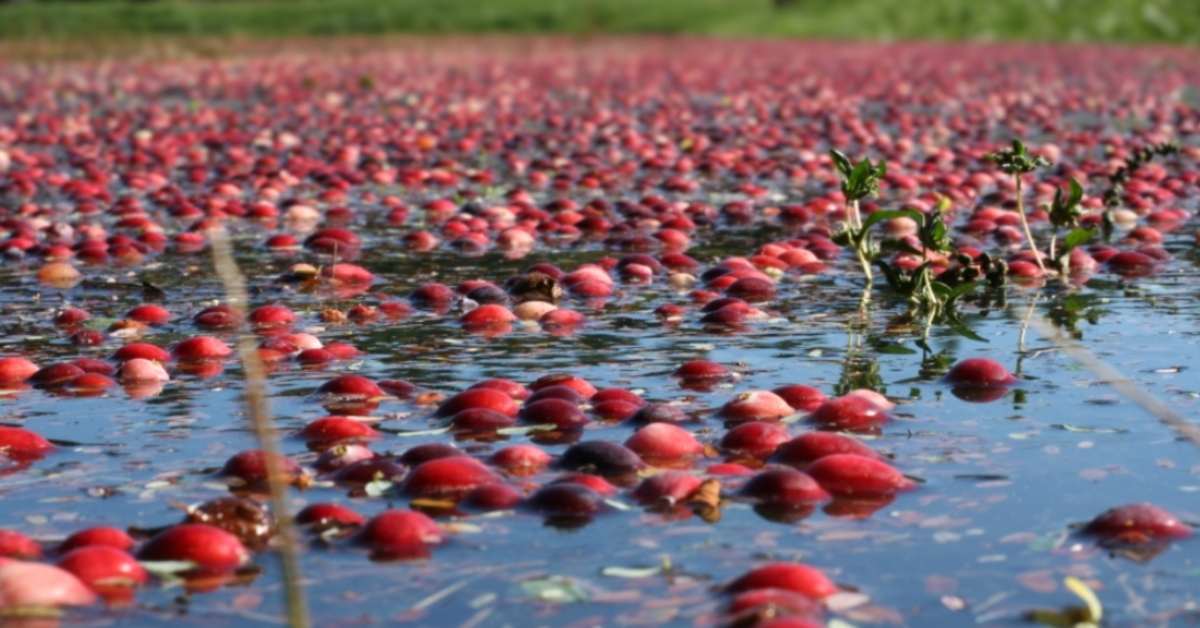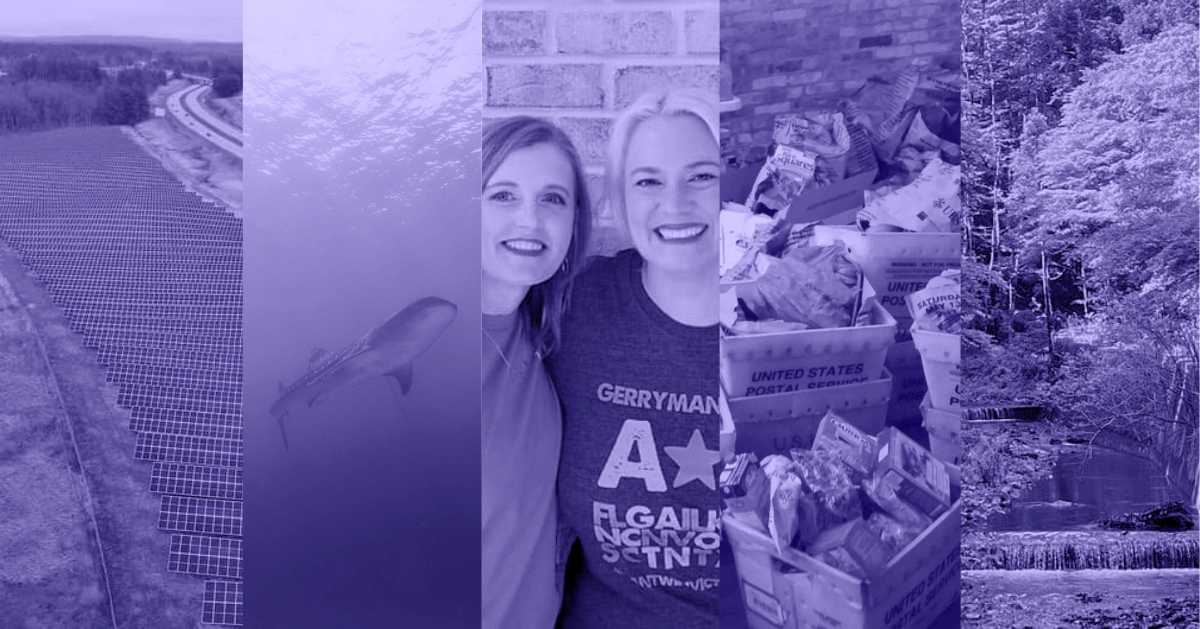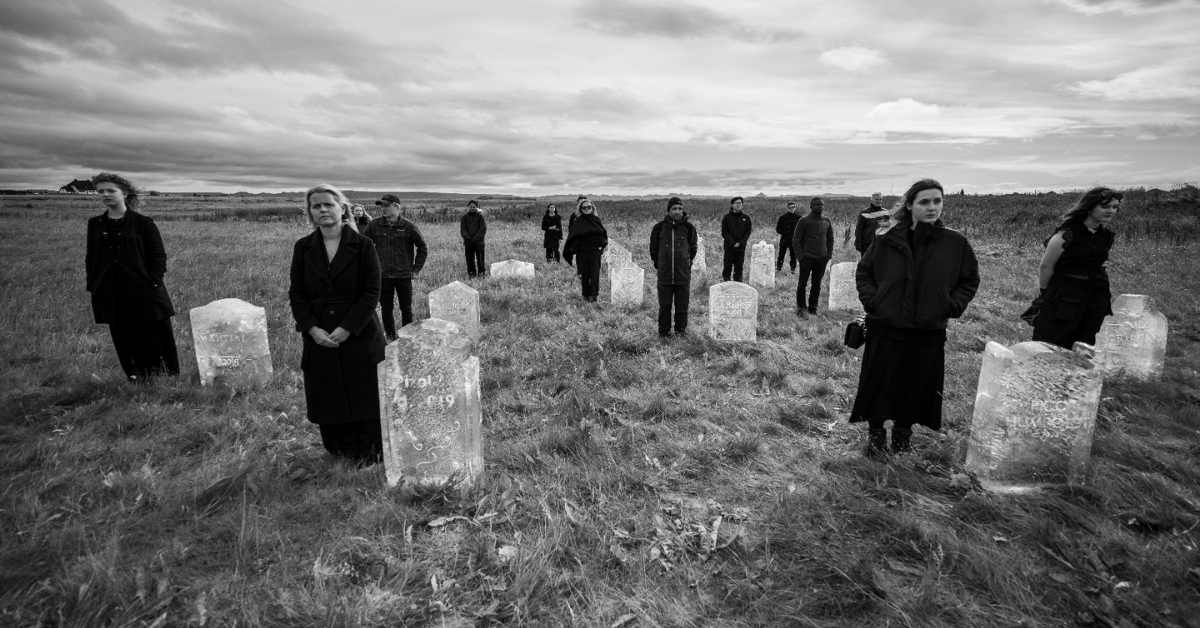Massachusetts is home to 13,000 acres of cranberry bogs, making it the second-largest cranberry-producing region in the U.S. and the third-largest in the world. The bright, red berries are the state’s moneymaker, contributing over $1.7 billion to the state's economy annually.
But a good chunk of that acreage is taken up by defunct cranberry bogs that have been rotated out of cultivation.
Fortunately, a new program by the state’s Division of Ecological Restoration is on a mission to convert them back into natural wetlands.
In November 2024, the DER funneled $6 million in grants to the restoration plan. According to the U.S. Fish & Wildlife Service, more than 500 acres of retired cranberry bogs have already been converted into wetlands — with hopes of restoring 1,000 acres in the next decade.
“These projects will transform degraded former cranberry bogs into thriving wetlands that will provide habitat to important species, flood control in time of storms, and access for all to beautiful natural areas,” Governor Maura Healey said in a statement.

By improving salt marsh migration and removing barriers to fish passage, the habitat restoration project aims to benefit local wildlife and safeguard the coastline from rising sea levels.
There’s another huge environmental benefit, too: wetlands capture large quantities of carbon dioxide in their soil.
“We are excited to support projects that not only restore ecosystems but also prepare us for the impacts of climate change,” said Rebecca Tepper, secretary of the state’s Office of Energy and Environmental Affairs. “
These initiatives will enhance our ability to store and sequester carbon with nature and help us meet our net zero goals.”
You may also like: In this small town in Amsterdam, every resident devotes 50% of the land to growing food
Header image via Bryan Clark (CC BY-NC-SA 2.0)



